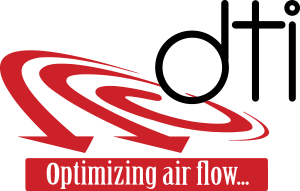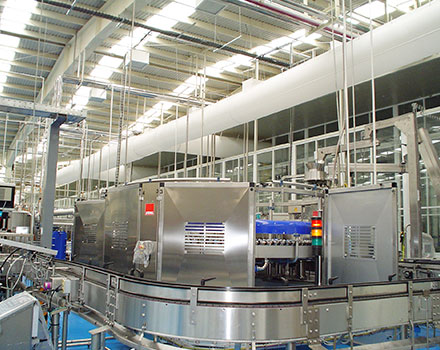Textile Ducts: Safe for the Food Industry
Textile ducts in the food industry are a much more efficient, cost-effective, and above all, hygienic alternative. Since they are 100% washable, they help maintain optimal air quality, ensuring that the product, process, and environment remain free of contaminants.
What are the basic considerations for selecting a textile duct?
They must pass tests for:
- Good fire resistance; they must be treated with flame retardants
- Resistance to high and low temperatures
- Mold prevention
- Good performance under high humidity conditions
For processing plants that require an even more controlled environment, we can add an antimicrobial coating to the fabric duct, which helps prevent odors in the fabric and the spread of bacteria and microbes.
Additionally, installing and dismantling a textile duct for maintenance can be done by just two people, helping to reduce costs. Regarding materials, we offer a wide range — all compliant with regulations that allow us to guarantee safety within a processing plant. These include:
- UL 2518 Certification
- UL 723
- NFPA 90-A
- NFPA 701
- Oeko-Tex
- Clean rooms
Which HVAC systems are compatible with fabric ducts?
- Air conditioning
- Air washers
- Refrigeration
- Exhaust
- Heating
What is needed to request a quote for a textile duct?
- Airflow / CFMs
- Length and route
- Height of installation
- Indicate the space/area/process where it will be installed
This information allows us to design an optimal, functional, and suitable fabric duct for the end user. Contact us — TEXTILIZE IT! Visit the following link to learn more about our antimicrobial application:
DTI Antimicrobial Duct Application

